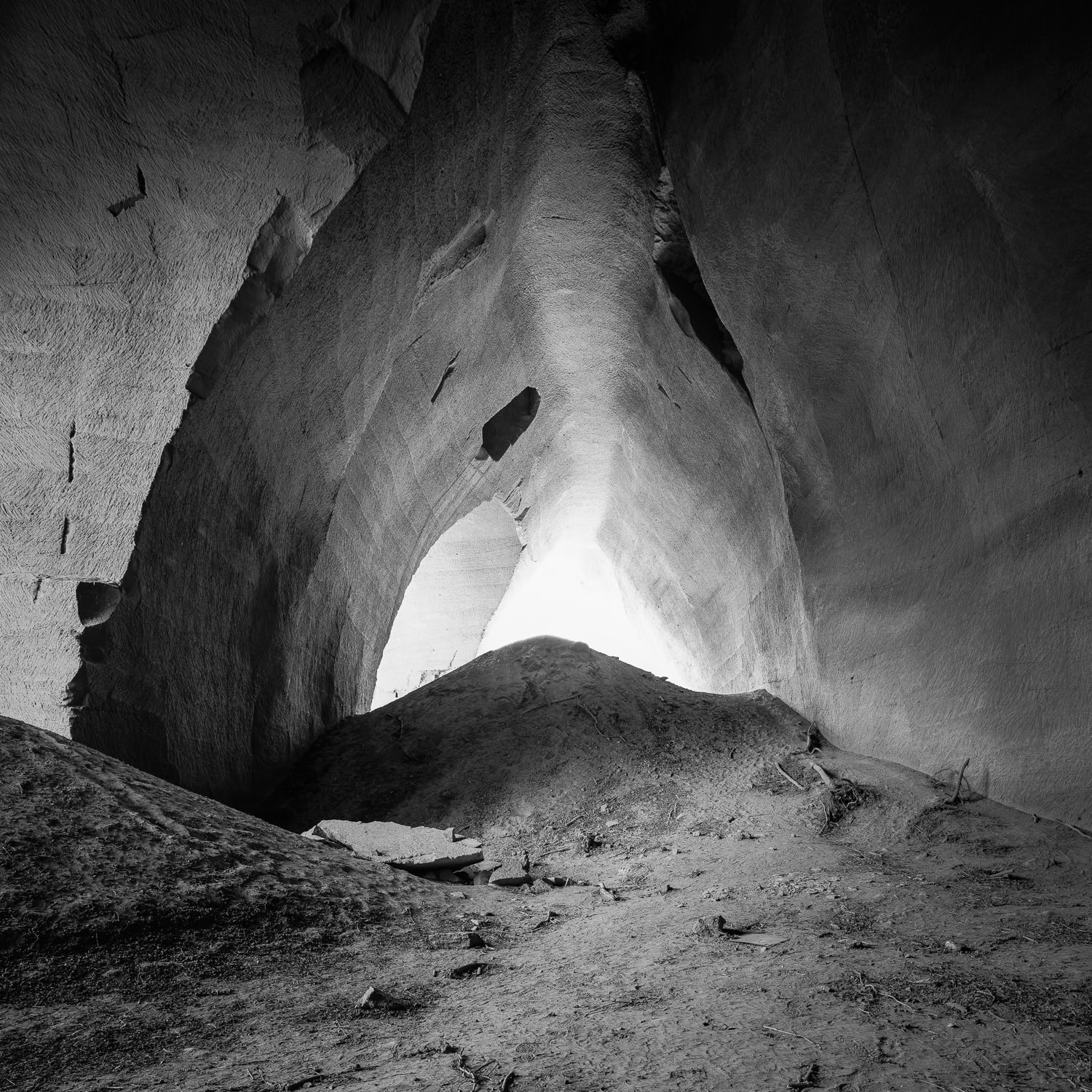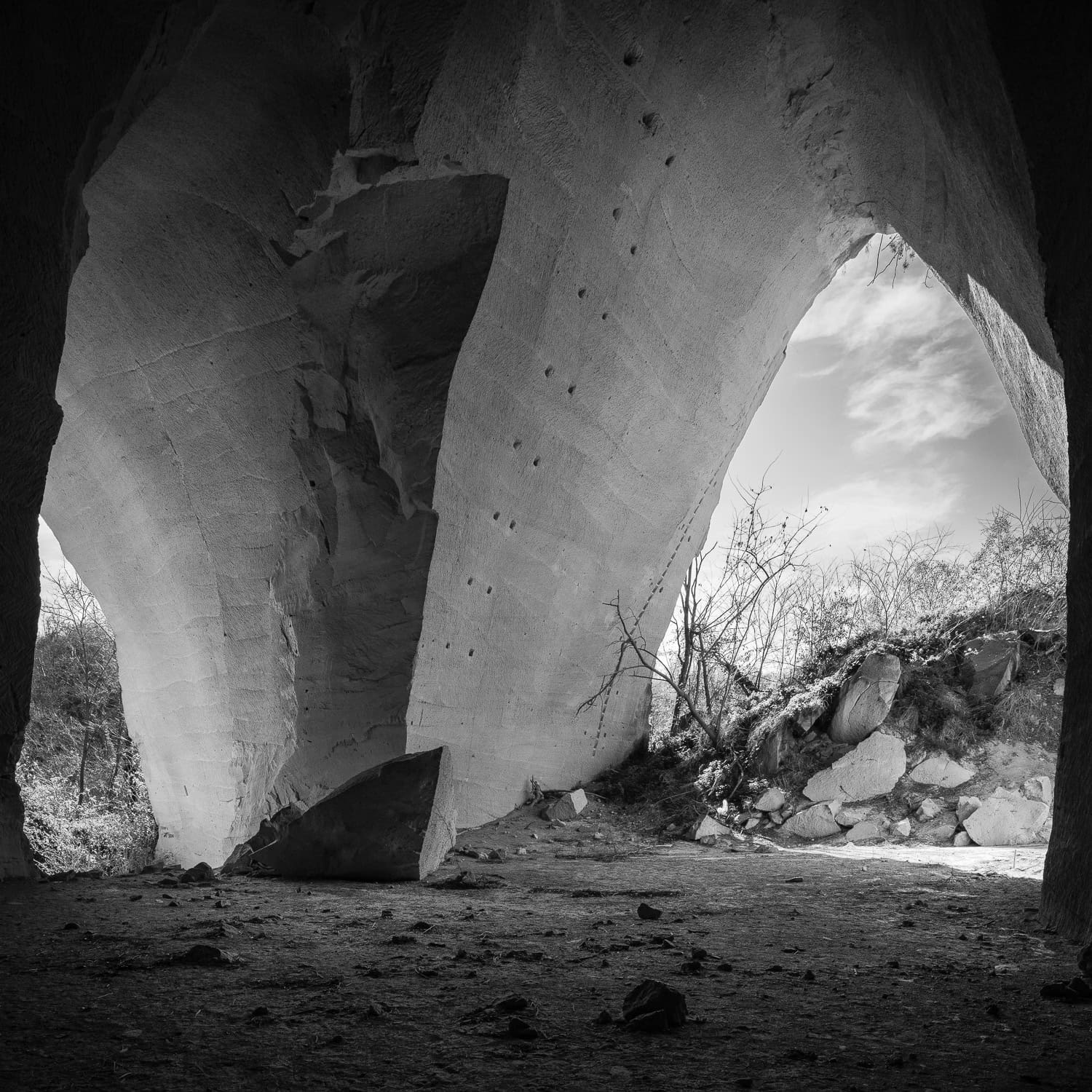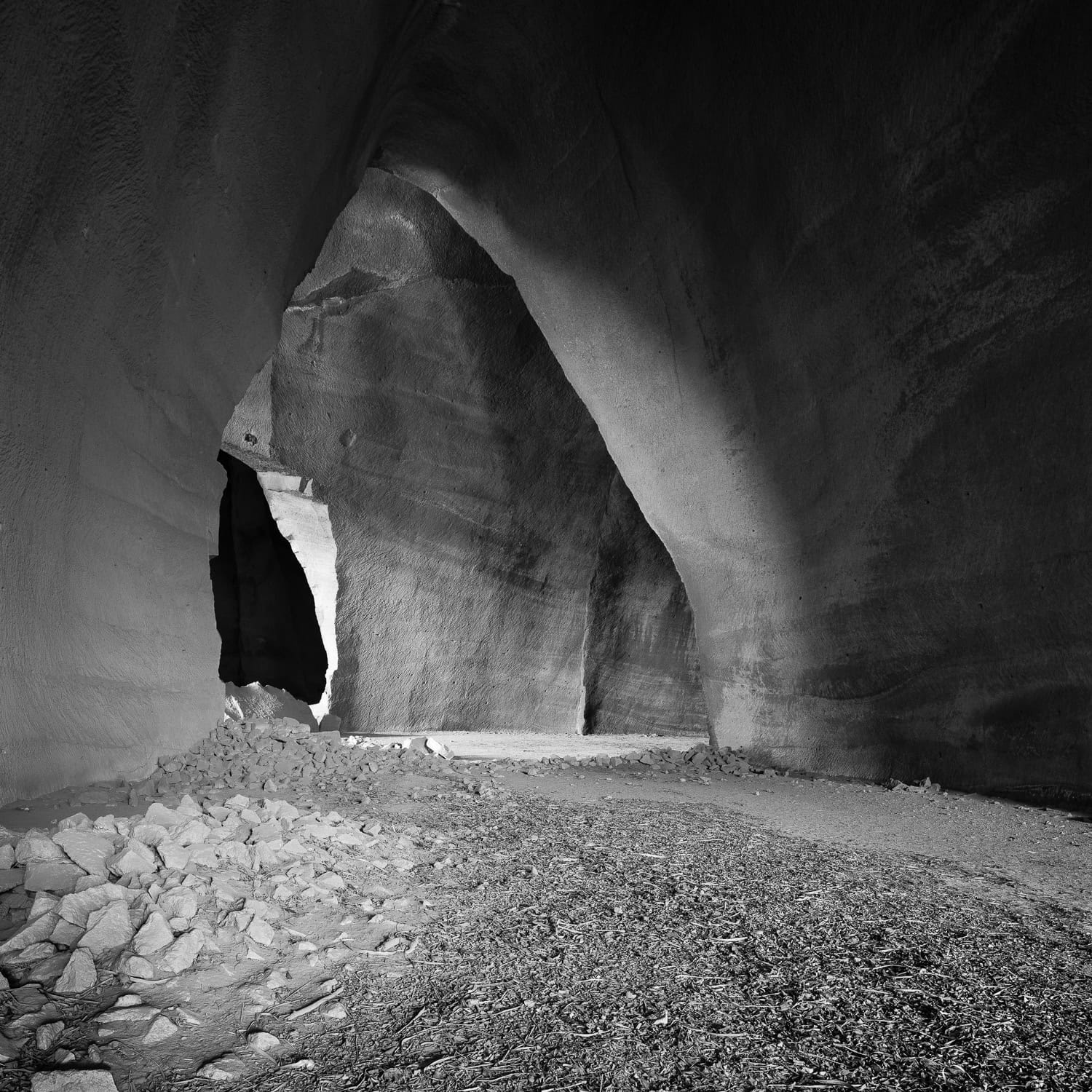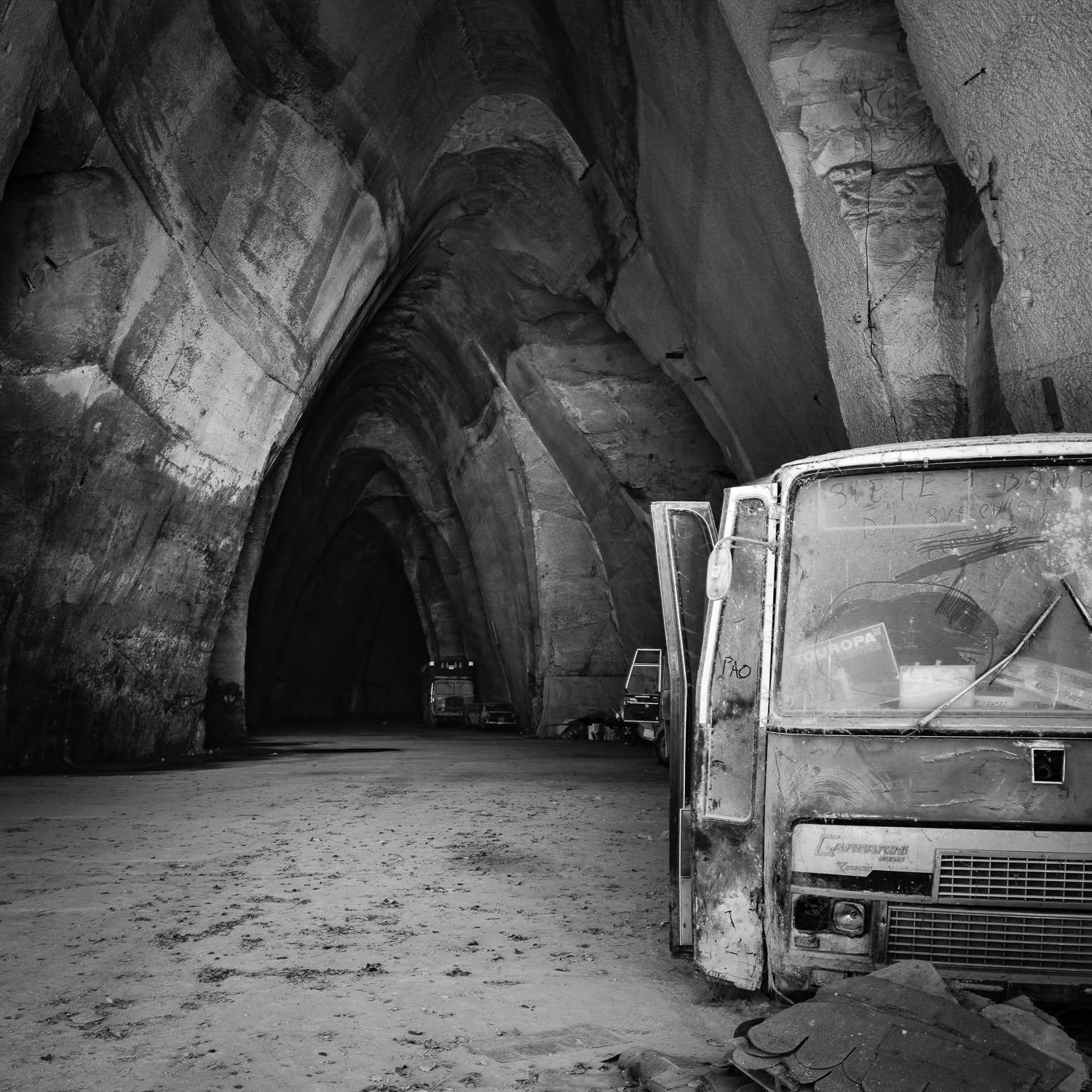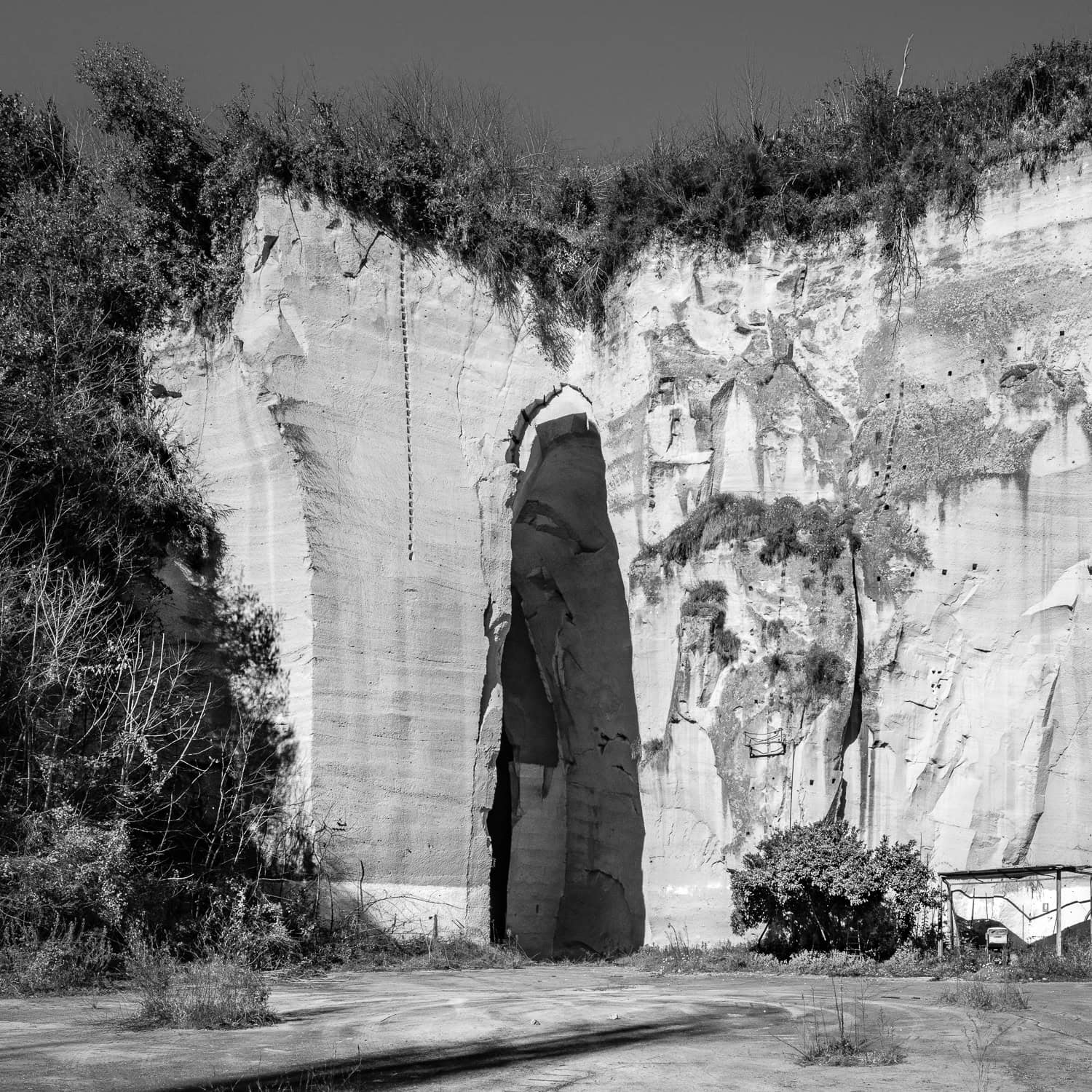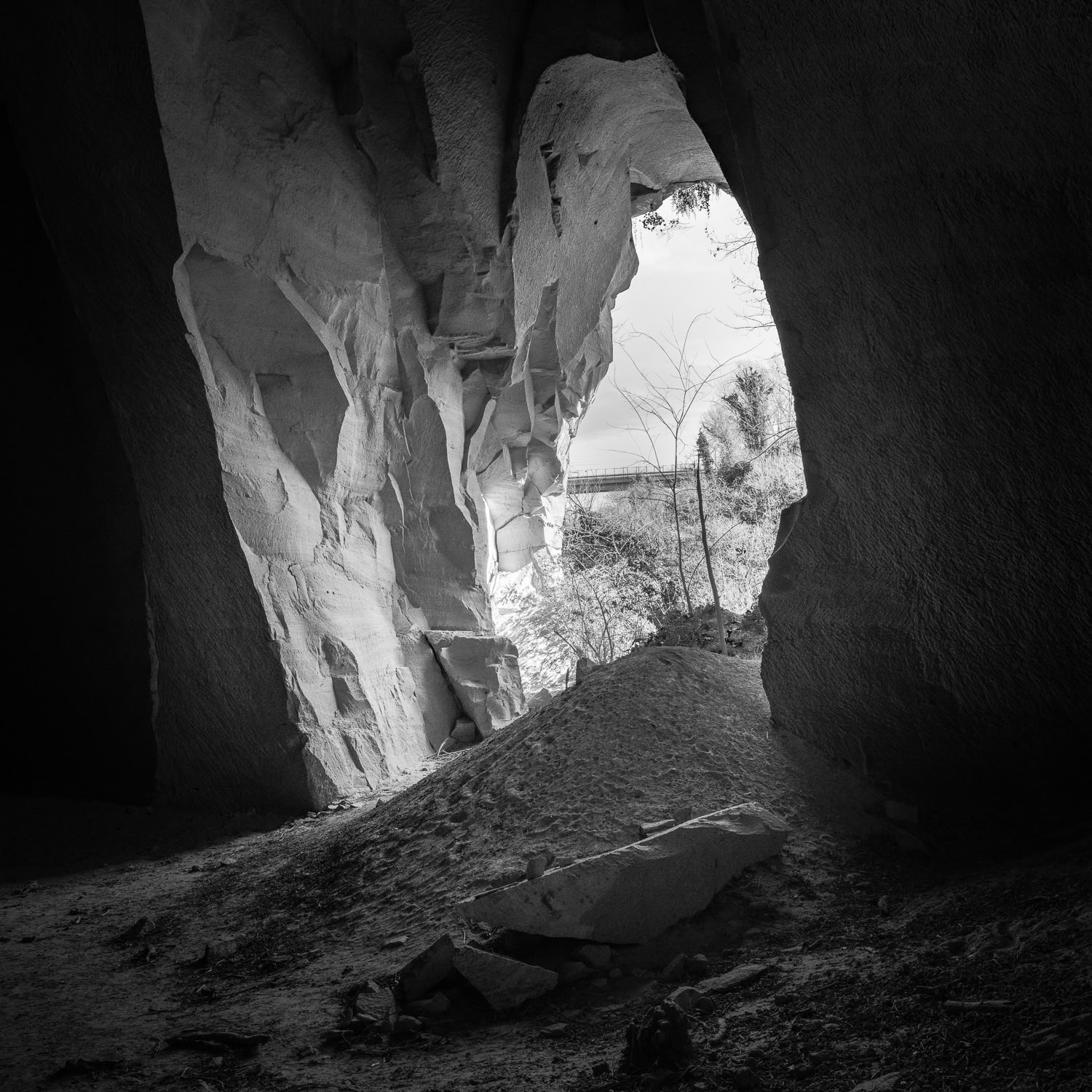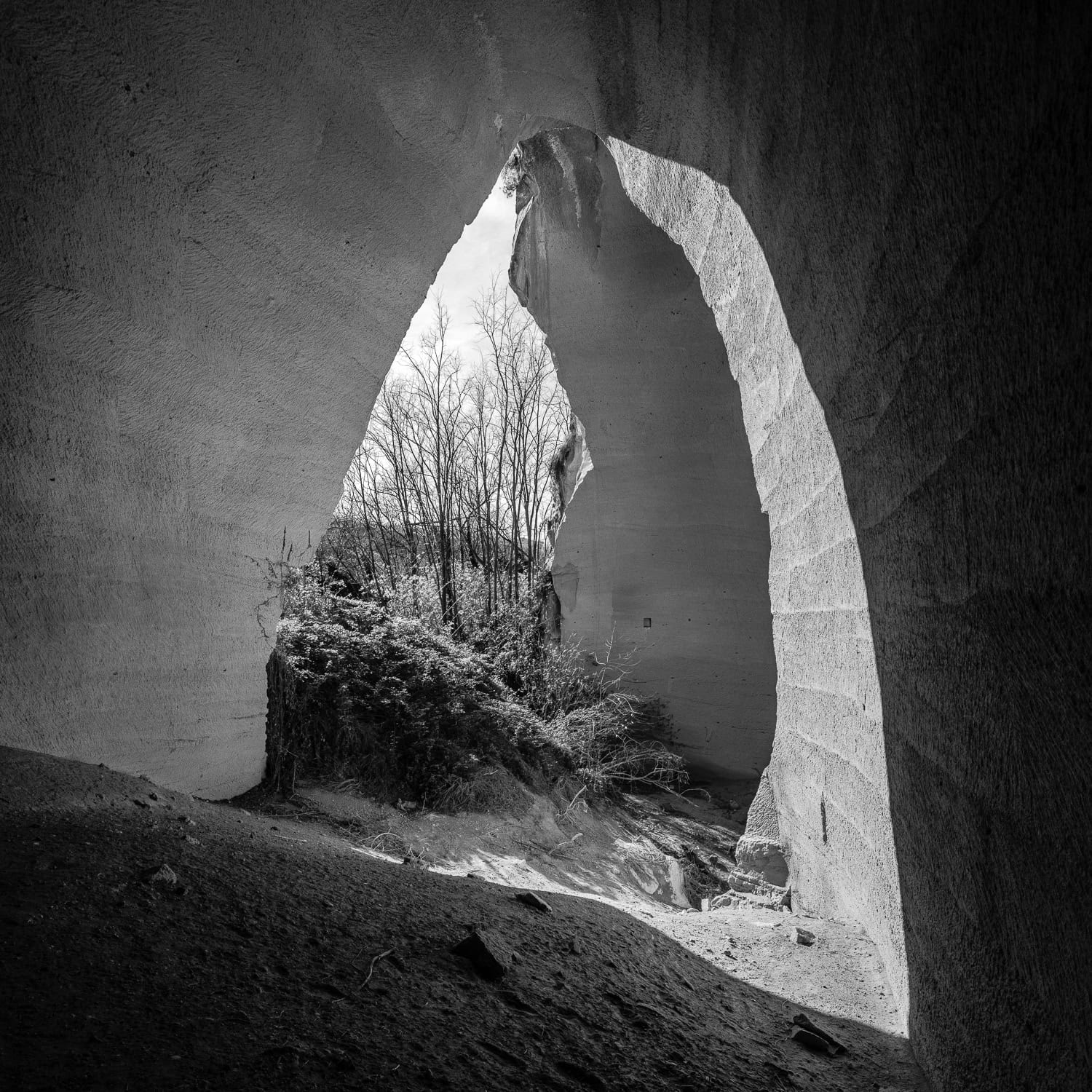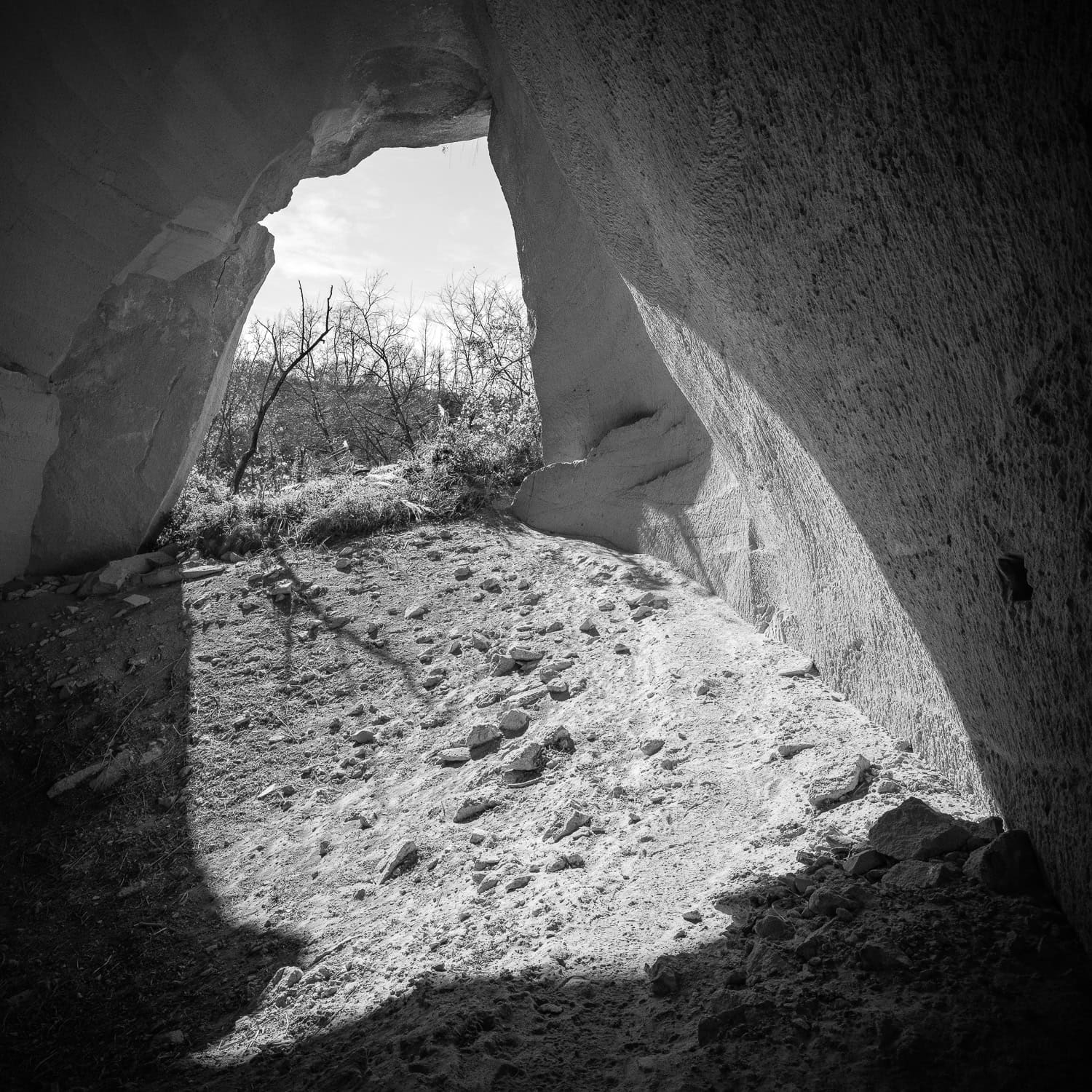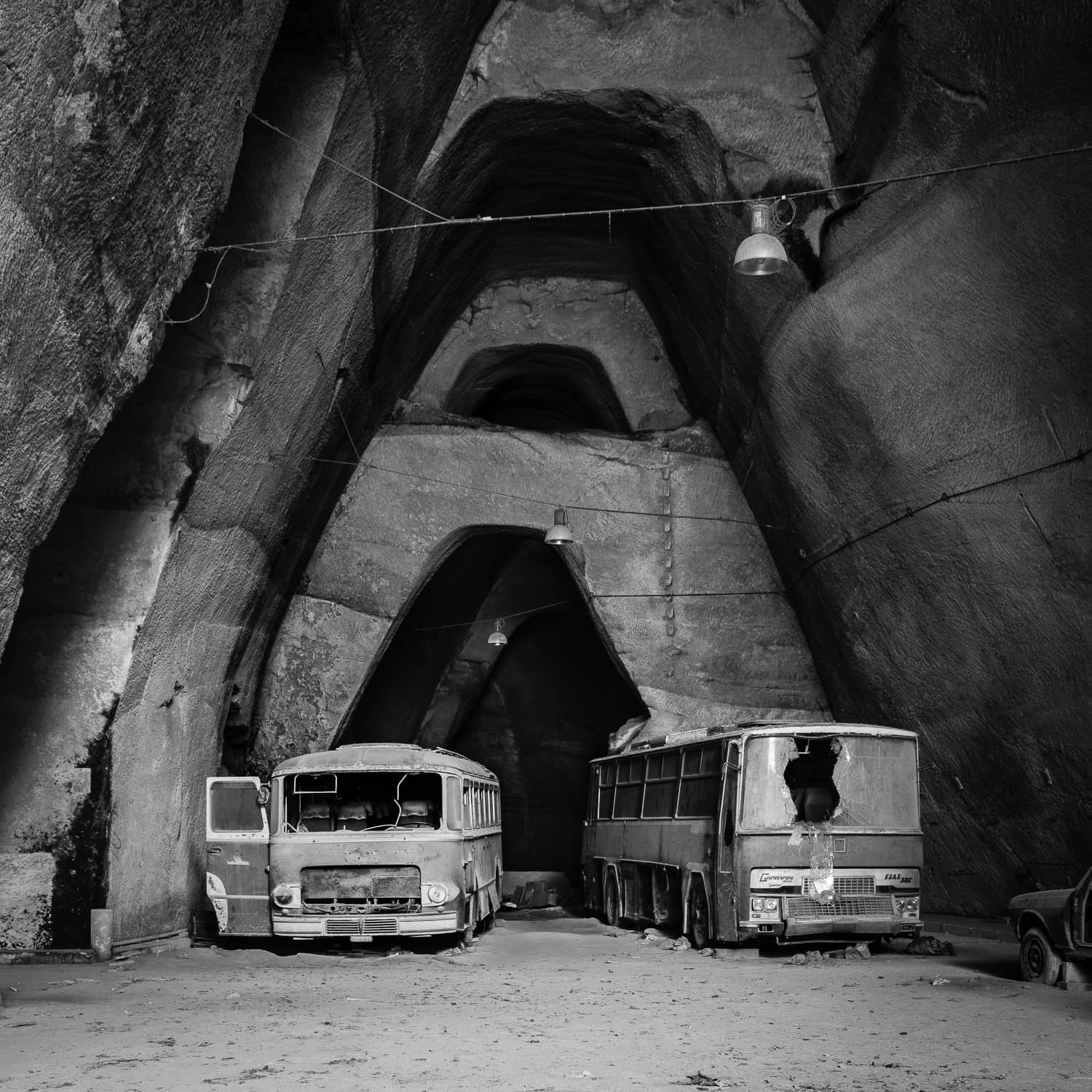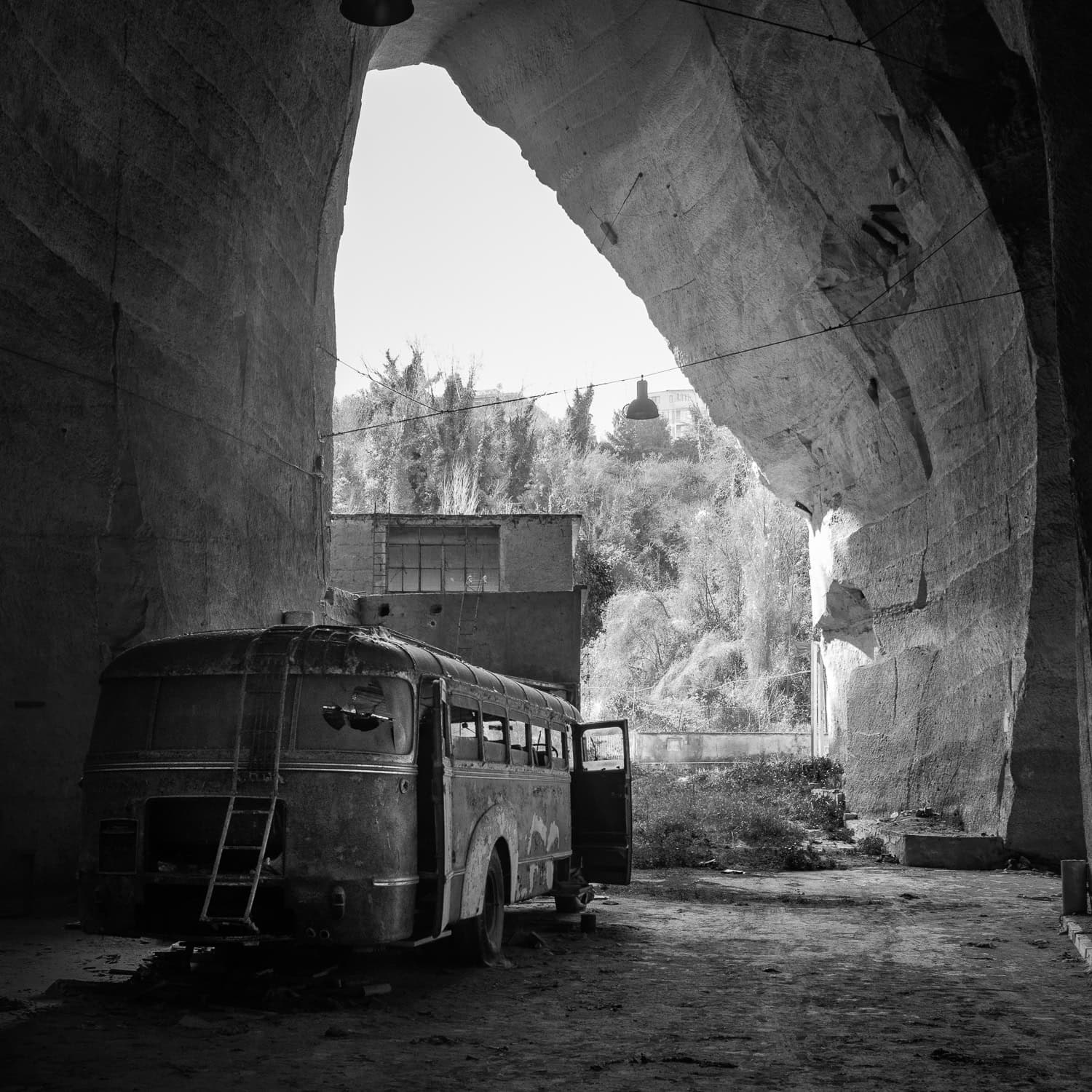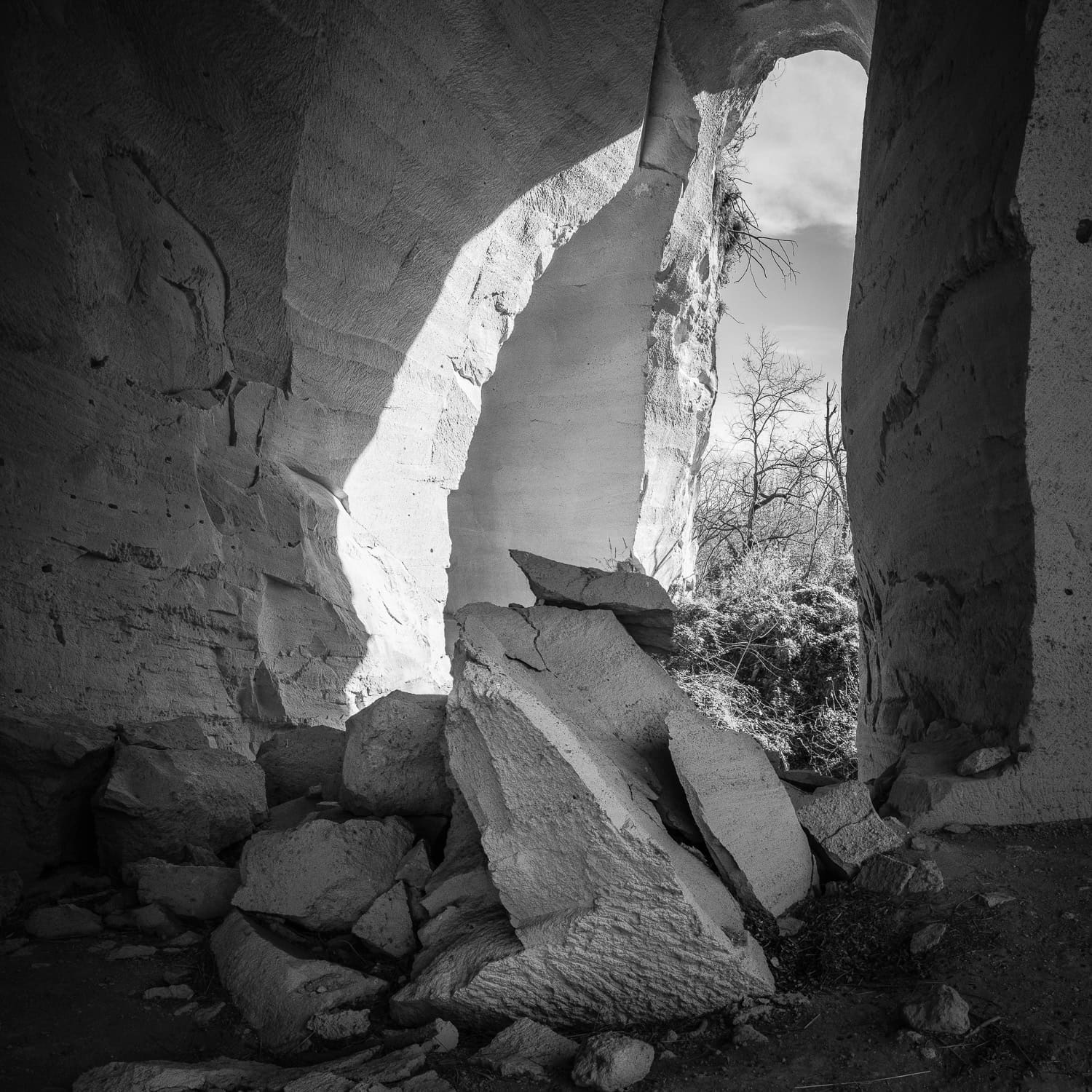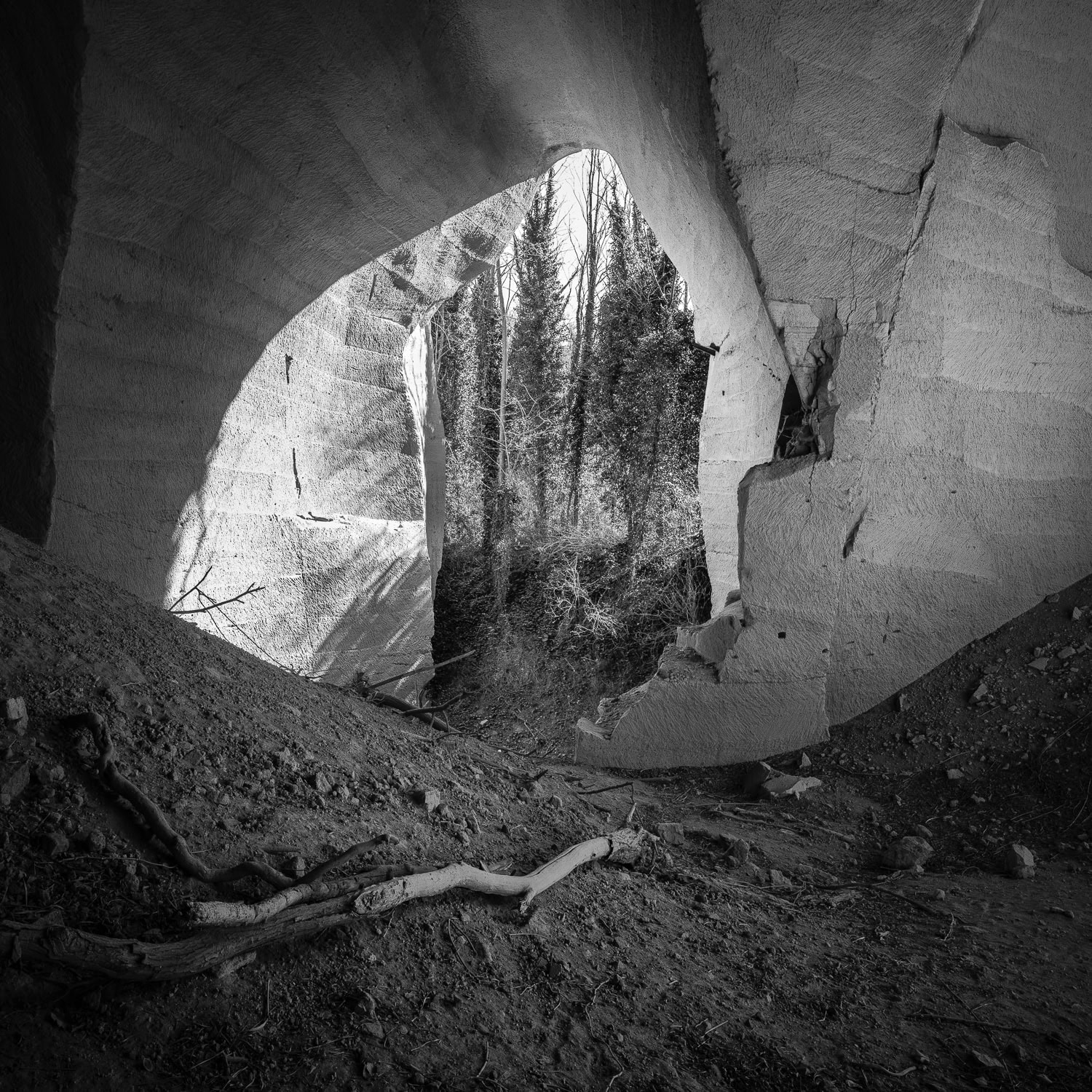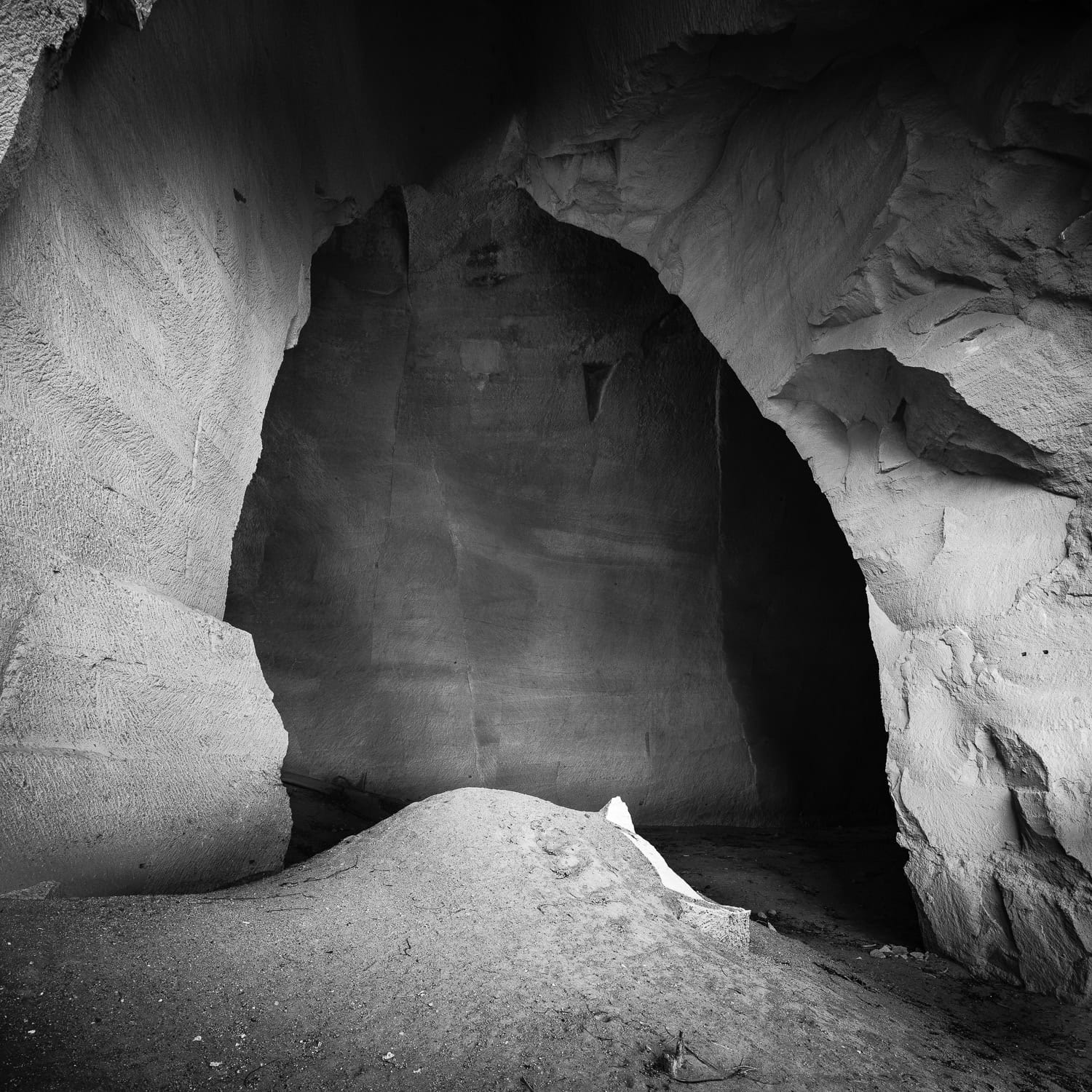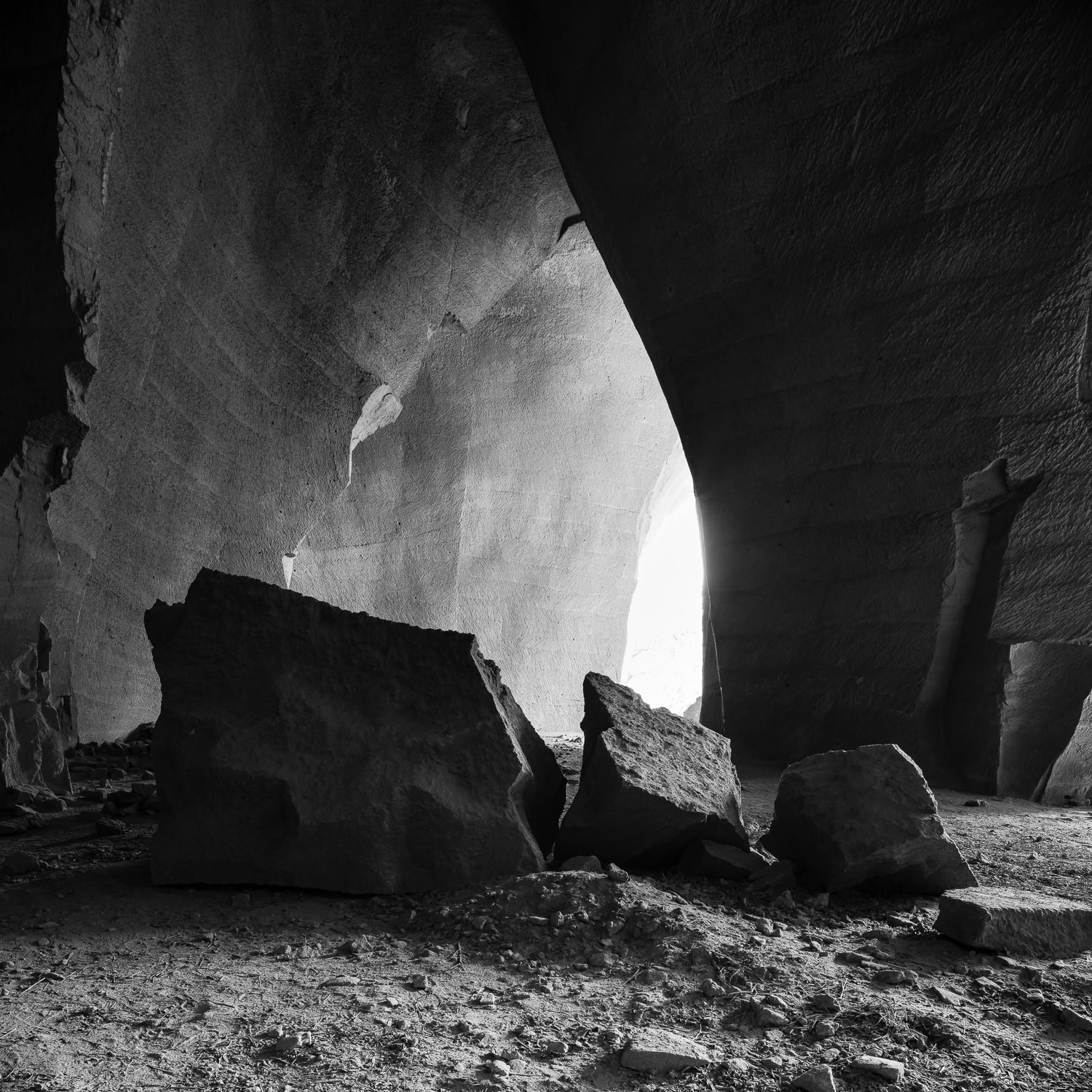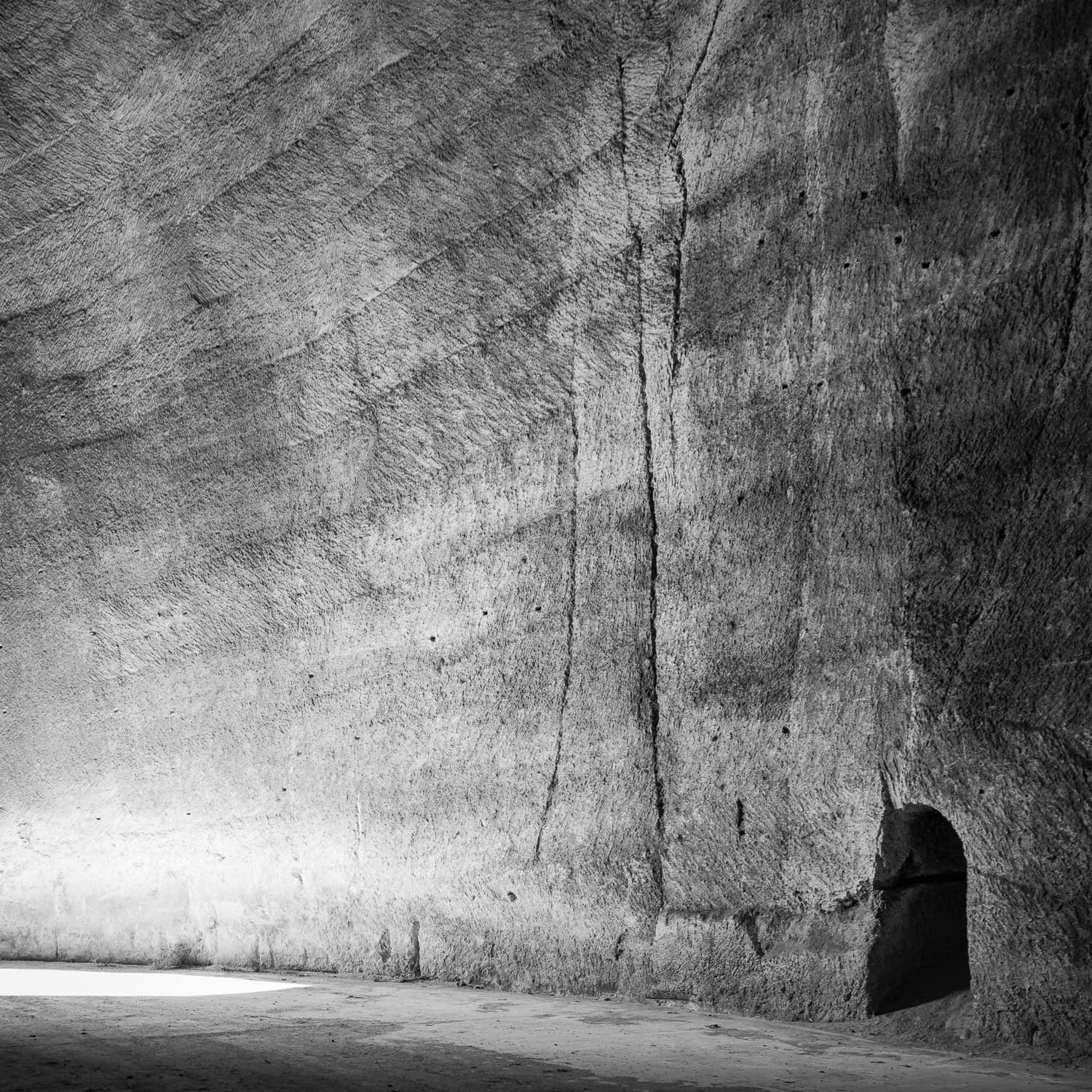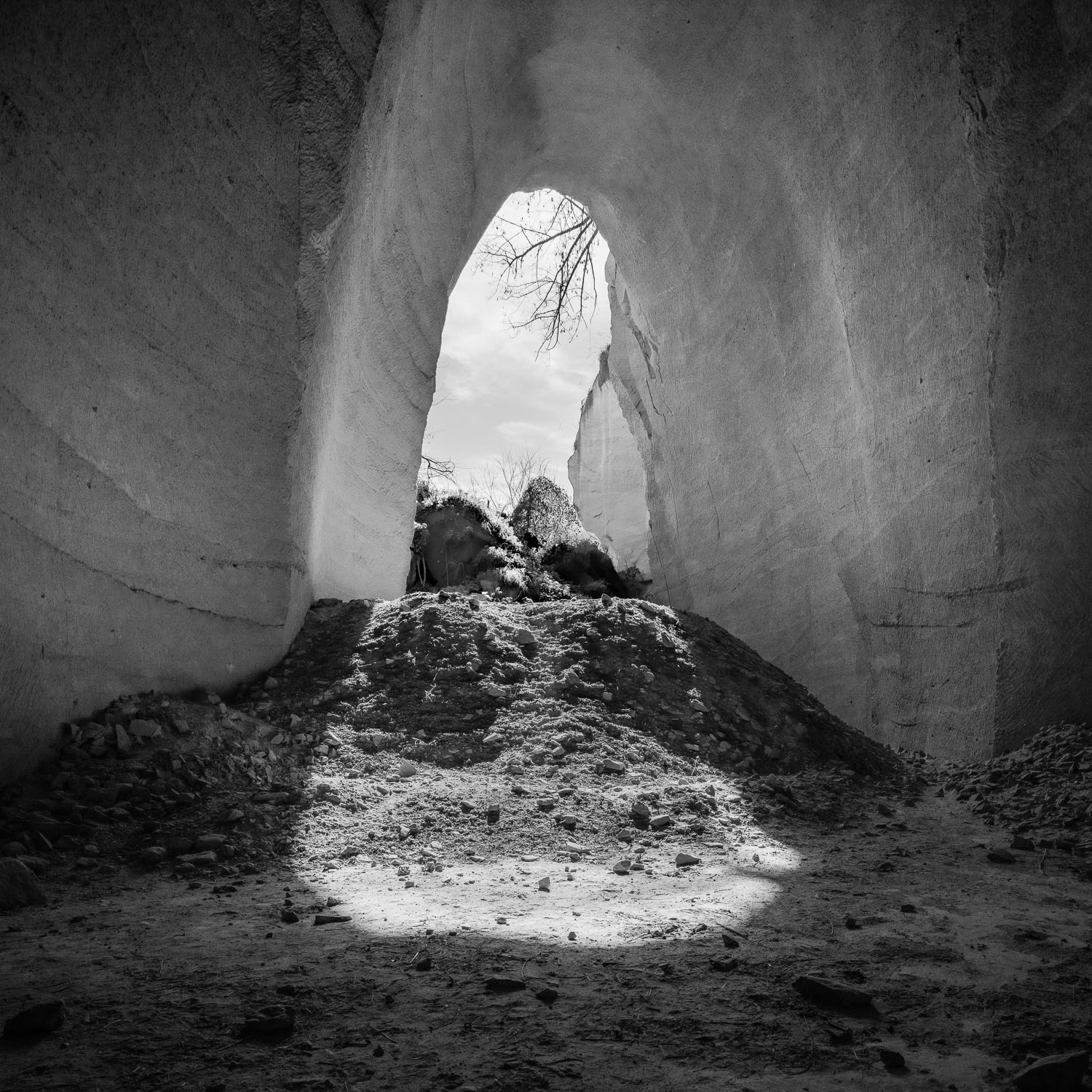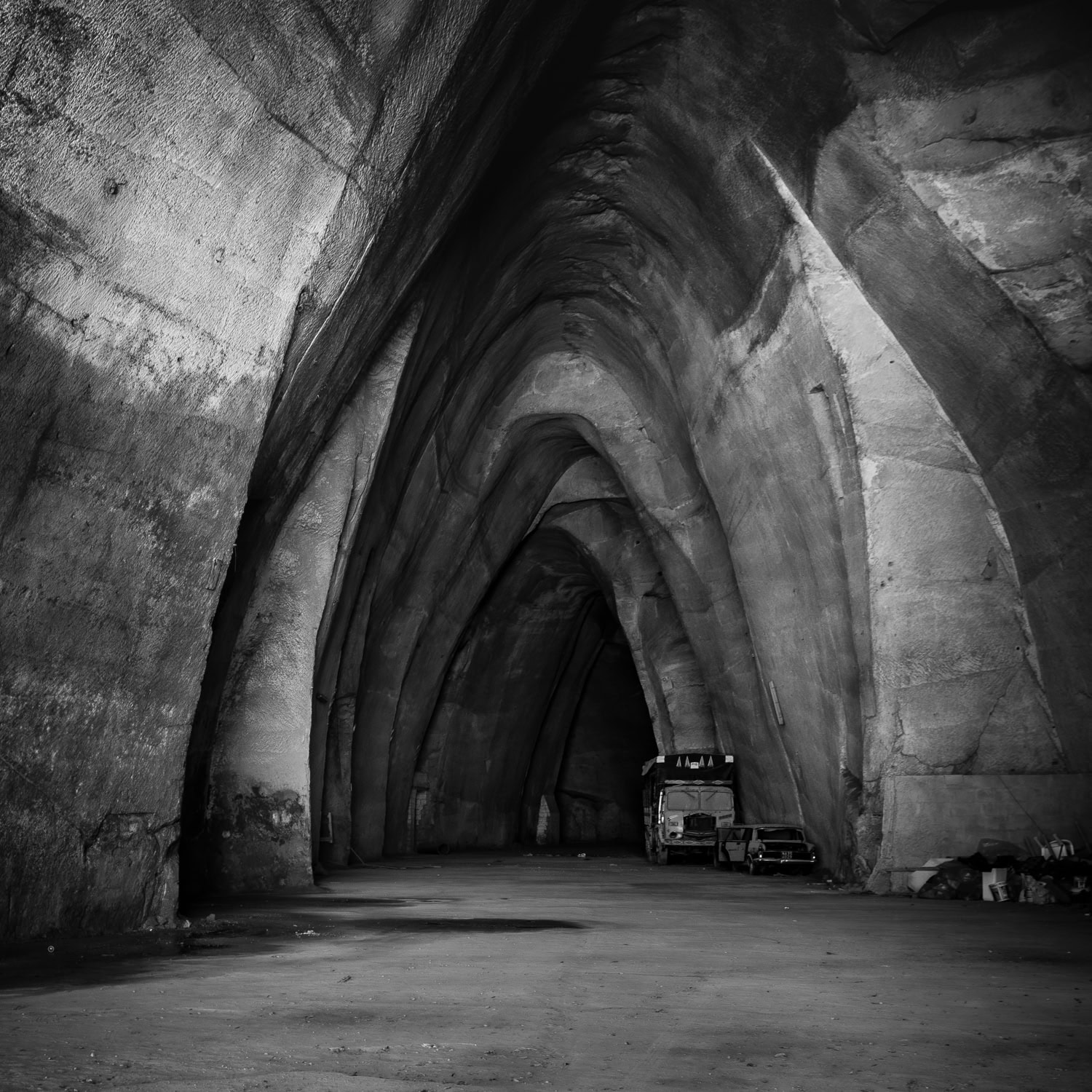Caveat: a Latin word that sounds like a warning. Caveat is a photographic series that explores the caves of Vallone di San Rocco in Naples, a hidden and endangered treasure, a challenge for the eye and the memory. The caves are ancient cavities dug in the yellow tuff, the volcanic material that formed after an eruption of the Campi Flegrei about 12,000 years ago. From these caves Naples grew, which used the tuff for its constructions, but which also gave the caves other uses: shelter, workplace, storage, and landfill. Today these caves are covered by an urban jungle that hosts an extraordinary biodiversity, but that leaves an open wound in the rock and history. The photographic series tries to return a historical and formal “portrait” of these caves, showing their architectural, landscape, environmental, and social value. The Caves of Vallone present themselves as urban rooms, where space is a void, where the air is closed by matter that traces its boundary. A system that has its logic, its geometry, its aesthetics, but that has remained invisible and inaccessible for a long time, and that now proposes itself to discovery and enhancement. This investigation aims to demonstrate that these quarries are an integral part of Naples’ history and culture, but they are also at risk of degradation and oblivion. The quarries are a dormant giant waiting to be awakened with care and respect, not only as geological heritage but also as a custodian of Neapolitan cultural memory.
Andrea Martino was born in Naples in 1996. His hometown shaped his worldview, teaching him to observe space and understand the intricate relationships that are created with it. During his university studies in architecture, he developed a parallel interest in photography, using it as a tool for research and documentation. The photographic language became my main means to explore and narrate what I see through the lens, investigating the physical environment that surrounds us, and scrutinising not only the architectural elements but also the human relationships that interact with space. Each shot represents an attempt to absorb the atmosphere of the place, allowing the context to suggest its stories. Photography thus becomes a form of visual narration that seeks to capture the essence of places and human connections in a delicate balance between art and documentation.
